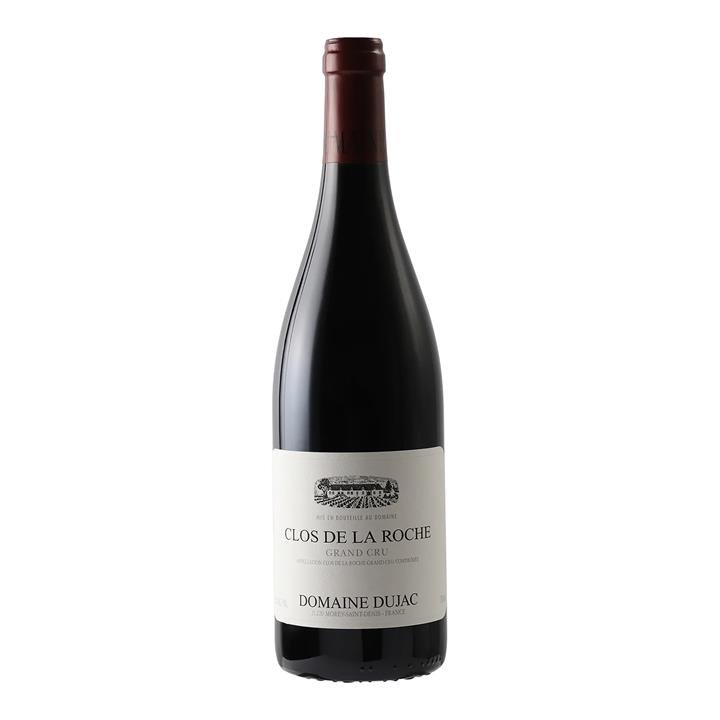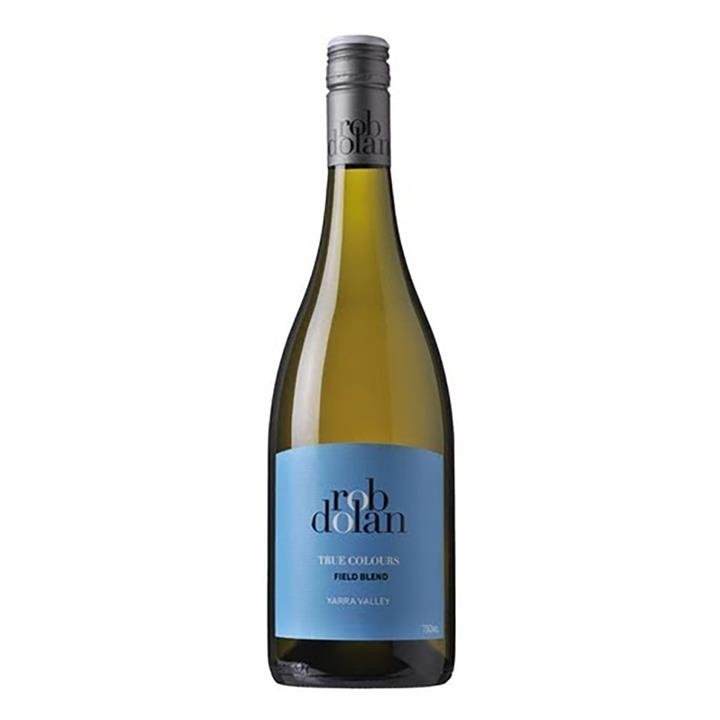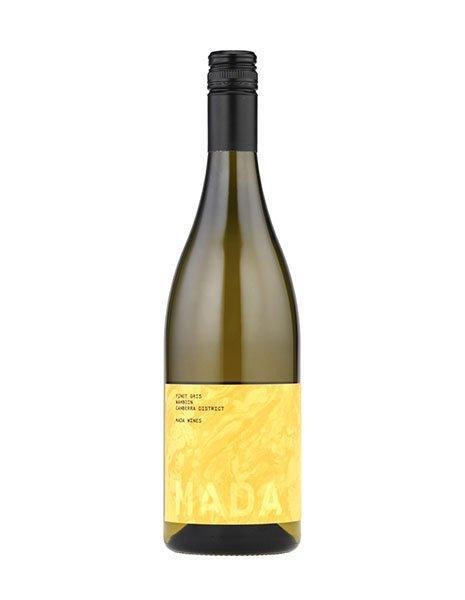Domaine Dujac Clos de la Roche Grand Cru 2020
$1,499.99
Jacques Seysses started Domaine Dujac in 1968. He was not born in Burgundy, but winemaking is his true vocation. His love for wine comes from his father, a gourmet with a passion for fine wines. Even as a young boy, Jacques would meet the greatest winegrowers of the time in the company of his father. At the age of 25, after a few years working for the family-owned biscuit manufacturing company, he decided to move on from the business world. During the 1966 and 1967 harvests, he learned winemaking with Gérard Potel at the Domaine de la Pousse d’Or in Volnay. In 1968, he bought the Domaine Graillet in Morey-Saint-Denis, which he renamed Domaine Dujac (a pun on his first name, meaning the Estate that Jacques owns). In 1973, he married Rosalind, who quickly became a key member of the team. Domaine Dujac in Burgundy was acquired by Jacques Seysses in 1967. The domaine in Morey-St-Denis had 4 hectares of vineyards and he has subsequently built it up to 11.5 hectares. Domaine Dujac now includes holdings in Clos de la Roche, Clos St-Denis, Bonnes-Mares, Echézeaux and Charmes-Chambertin . “Use knowledge and technology to counter accidents – for example, bad weather – but, if all is going well, don’t interfere,” says Seysses and this principle guides much of what happens in the vineyards and the cellars. Dujac wines are neither filtered nor fined and all of his premiers and grands crus are aged in 100% new oak. These are wines of the very highest order. The first vintage, 1968, was one of the worst years on record so the wines were sold off in bulk, but 1969 was an entirely different matter, putting the domaine firmly on the map. In 1973 Jacques married Rosalind Boswell, a Californian girl who came to work the vintage and stayed for life. The first two of their three children, Jeremy (born 1975), Alec (1977) and Paul (1980) are now involved in the business, as is Jeremy’s wife Diana, also Californian, and a trained oenologist. In 2000 Jeremy Seysses also inaugurated, with his father, a small scale negociant business known as Dujac Fils et Père. The domaine has expanded over the years as additional parcels of vineyard became available, culminating in the acquisition of some exceptional vineyards from Domaine Thomas-Moillard in 2005. In 1987 the domaine moved to lutte raisonée, the reasoned application of treatments, and from 2001 to organic farming. Today 75% of the domaine, including all premier and grand cru vineyards, is farmed organically with experiments also along biodynamic lines. Jacques Seysses is a leading advocate of including stems in the fermentation process, as much so as to avoid bruising the grapes during the de-stemming process as for a desire to include the stems themselves. However each vintage is treated according to its merits and the ripeness of the stems. The cellars in Morey St Denis have been extended in recent years to improve cellaring conditions. The barrels can now be kept at a cooler ambient temperature, enabling the malolactic fermentation to happen later and for the wines to be racked less frequently. The Clos de la Roche Grand Cru lies between the village of Morey-Saint-Denis to the south and Gevrey-Chambertin to the north, where the slope varies greatly, ranging from 4 to 23%. The plot ranges in altitude from 276 to 308 meters. The locality faces east. The soil changes from east to west. In the eastern part, the reddish-brown soil is about 40 to 50 cm thick, with many angular-to-blunt limestone fragments. Upslope, in the western part of the Grand Cru, the soil contains a great deal of angular limestone gravel. Two types of substratum underlie the Clos de la Roche Grand Cru. In the eastern part, fine-grained Premeaux limestone, light in color, with patches of flint-like chert nodules (chailles), crops out in beds tens of centimeters thick. In the western part, where the slope is steep, the bedded limestone scree (grèzes litées) lining the slope is composed of small angular Comblanchien limestone fragments. This is aromatically similar to the Clos St. Denis but even more floral. Here too there is a wonderfully attractive mouthfeel on the powerful, muscular and dense broad-shouldered flavors that are also blessed with an abundance of dry extract that buffers the massively persistent finale. This terrific effort is a blend of power and refinement and a wine that should age accordingly. A “wow” wine and on the better wines of the vintage. Score: 94-97, Burghound.com, Issue 85: 10 January 2022, Drink: 2037+ The Finer Details Style – Red Wine Varietal – Pinot Noir Country – France Region – Burgundy Vintage – 2020 Bottle Size – 750ml ABV – 13.5%






There are no reviews yet.